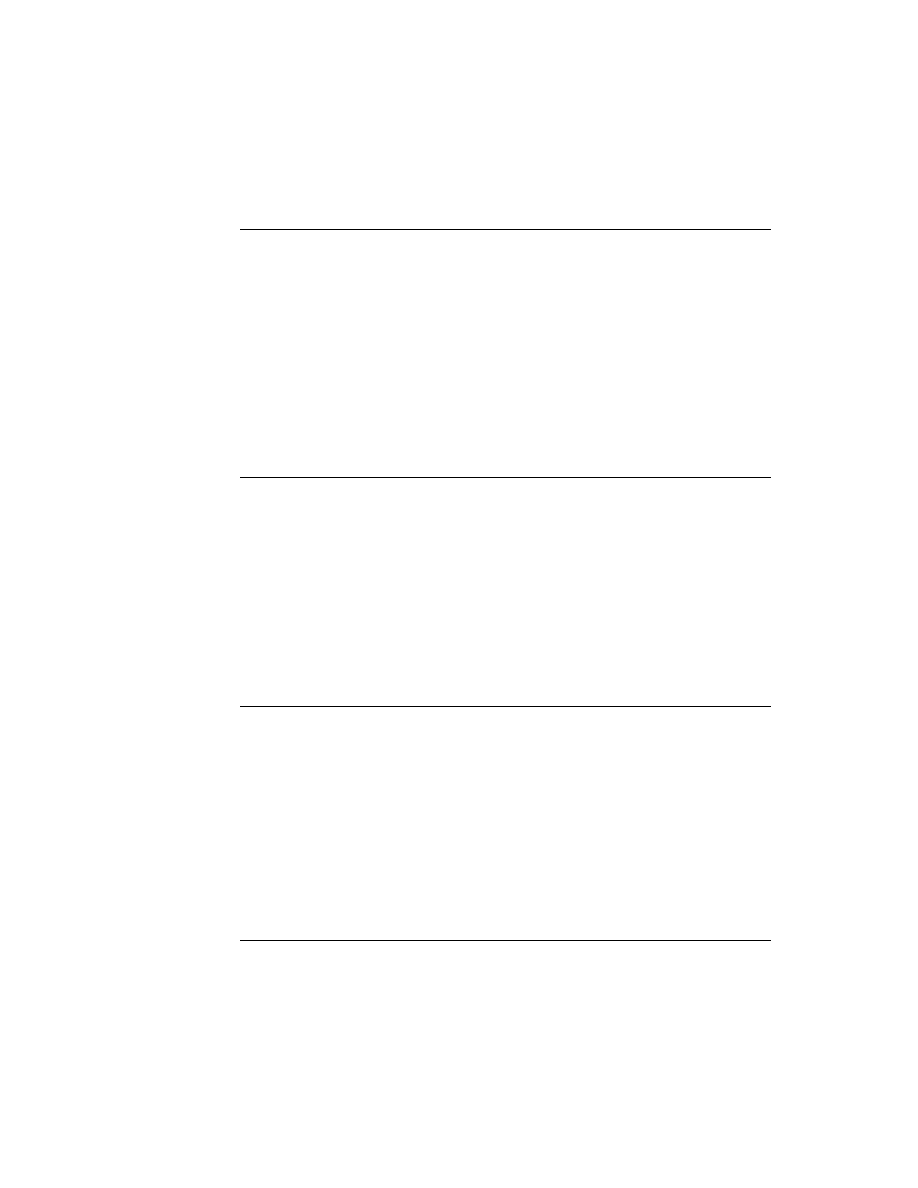
C H A P T E R 2 1
Routing Interface
Using Routing
21-21
The
PrintNextPageScript
method should construct the view for the next page
of data so that the message
self:Dirty()
shows the view. Typically, you do this
by keeping track of what data has been routed so far. When the format receives this
message, you select a new set of child views representing the next page of data to
send. Then you call the view method
message, you select a new set of child views representing the next page of data to
send. Then you call the view method
RedoChildren
, which closes and then
reopens the child views. This method also causes the transport to send your print
format view the
format view the
ViewSetupChildrenScript
message again.
Note that in the
PrintNextPageScript
method, you can also change the
content of child views on the current page. For example, you might want to change
the content of a text field. To do this, use the
the content of a text field. To do this, use the
SetValue
function to pass in a new
value for the view content, like this:
SetValue(myParagraphView, 'text, newRichString);
When faxing, it's best not to perform lengthy operations in the
PrintNextPageScript
method, since the connection stays open between
pages. However, this is less time critical than the
ViewDrawScript
method. If
possible, execute lengthy operations in the
FormatInitScript
method, which
is called just once before the connection is opened.
If you need to create any custom shapes to be drawn on the page by the
ViewDrawScript
method, create the shapes in the
FormatInitScript
method. Alternatively, you can create shapes at compile time, if they are static.
Because of fax connection time-out issues, minimize shape creation in the
Because of fax connection time-out issues, minimize shape creation in the
ViewDrawScript
method, as shape creation takes too much time and the
connection might time out as a result.
Creating a Frame Format
21
You create a frame format by using
protoFrameFormat
. This is the standard
format for routing objects with
'frame
or
'text
data types, such as for beaming
and e-mail. To enable these types of transports for your data, you must register at least
one format based on this proto. Here is an example of a format based on this proto:
one format based on this proto. Here is an example of a format based on this proto:
MyFrameFormat := {
_proto: protoFrameFormat,
symbol: '|myFrameFormat:SIG|,
title: "No comments",
SetupItem: func(item, targetInfoFrame) begin
symbol: '|myFrameFormat:SIG|,
title: "No comments",
SetupItem: func(item, targetInfoFrame) begin
local myData := clone(myTargetInfo.target);
RemoveSlot(myData, 'comments); // remove some stuff
item.body := myData;
// this item.body is not a soup entry.
// if it MIGHT be a soup entry, call
// inherited:SetupItem(item, targetInfoFrame)
RemoveSlot(myData, 'comments); // remove some stuff
item.body := myData;
// this item.body is not a soup entry.
// if it MIGHT be a soup entry, call
// inherited:SetupItem(item, targetInfoFrame)